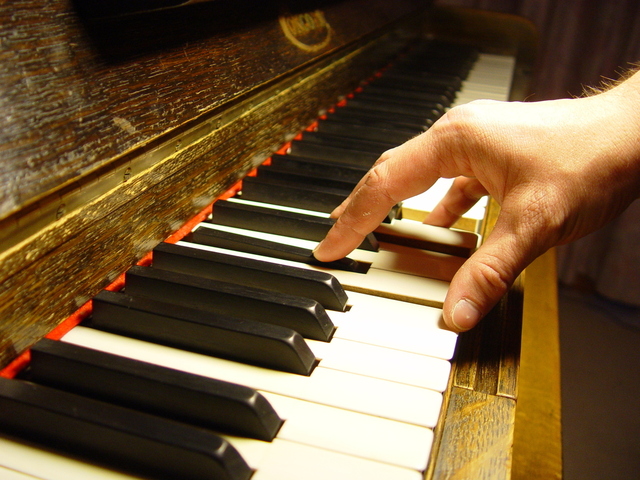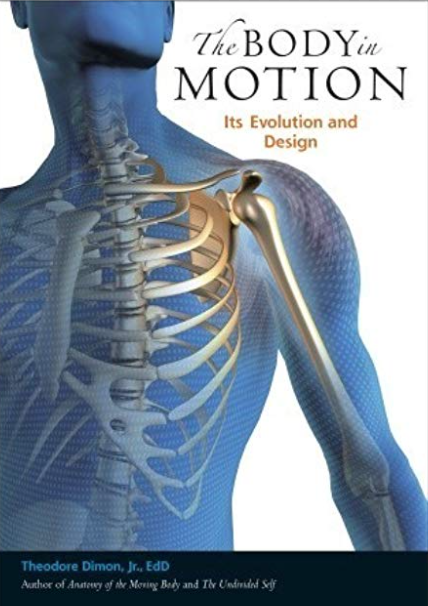
I often ask the following “trick” question to my students on the first day of class at the college where I teach the Alexander Technique:
“If one of my students is staring out the window with her eyes glazed over as I’m speaking to the rest of my class (who all seem to be engaged in the topic of conversation), would it be truthful to say that that particular student is paying attention?
Of course most of the students answer with a resounding “No”.
But I always seem to have that one deep-thinking student that disagrees. It’s always something like this:
“Oh she’s paying attention to something. She’s just not paying attention to what you’re saying.”
And that is entirely true.
Or as I often phrase it (if you’ll forgive my use of a “double negative”), “Whenever we are awake, we are never not paying attention.”
You see, as far as the functioning of you brain is concerned, as long as you’re awake, you’re paying attention to something. Always.
So during your practice session:
When you “daydream”, you’re paying attention.
When you’re wondering what you’re going to have for lunch, you’re paying attention.
When you remember something funny that happened yesterday, you’re paying attention.
When you get “distracted” by something (or “blank out” and forget that next phrase you should be able to play by memory), you’re paying attention…
So when you’re practicing your instrument, the question isn’t “Am I paying attention?”
The question is “What am I paying attention to right now?”
And perhaps a more important and constructive question would be, “How can I direct my attention right now to optimize my practice efforts?”
This might be a “where” question, as in “Where am I ‘placing’ my attention?”
Or it could be a “quality” question, as in “How would I describe the quality of my attention?” (Is it “narrow”, “diffused”, “focused”, “scattered”, “calm”, “agitated”, “disengaged”, “playful”, “curious”, to name a few…)
If your attention seems “focused”, you could further inquire, “Is my attention ‘exclusive’ and narrow, or ‘inclusive’ and expansive?”
In other words, is your attention broad enough and flexible enough to easily include noticing what you’re doing with yourself as you practice?(your balance, mobility, ease, breathing etc; what we refer to as your “use” in Alexander Technique jargon)
Or does your tendency to “focus” exclude your sense of what you’re doing with yourself?
Because if you can’t notice how you’re “using” yourself, you run the risk of developing habits of inefficient and even harmful movement patterns you’ll bring into your music making.
On the other hand, does your “focused” attention have you placing too much of your consciousness on the parts of your body that you think are most relevant to playing your instrument? (e.g., wind instrumentalists focusing almost exclusively on the embouchure)
If that’s the case, you might be interfering with the movement and postural mechanisms that work best with a little less direct conscious attention (not to mention making yourself less available to your expressive impulses with the music).
It’s all a matter of balance, isn’t it?
Too much, too little, too broad, too, narrow, too specific, not specific enough…
The key thing to remember is that the way you pay attention impacts how you react. How you react impacts how you learn, experience and express the music. (When I refer to “reaction”, I’m talking about posture, movement, balance, sensory perception, use of time and more.)
And most important of all, you have a choice in how you direct your attention.
So give a bit of your attention to “how you pay attention” as you practice, and discover and develop the attentional qualities that work best for you.



